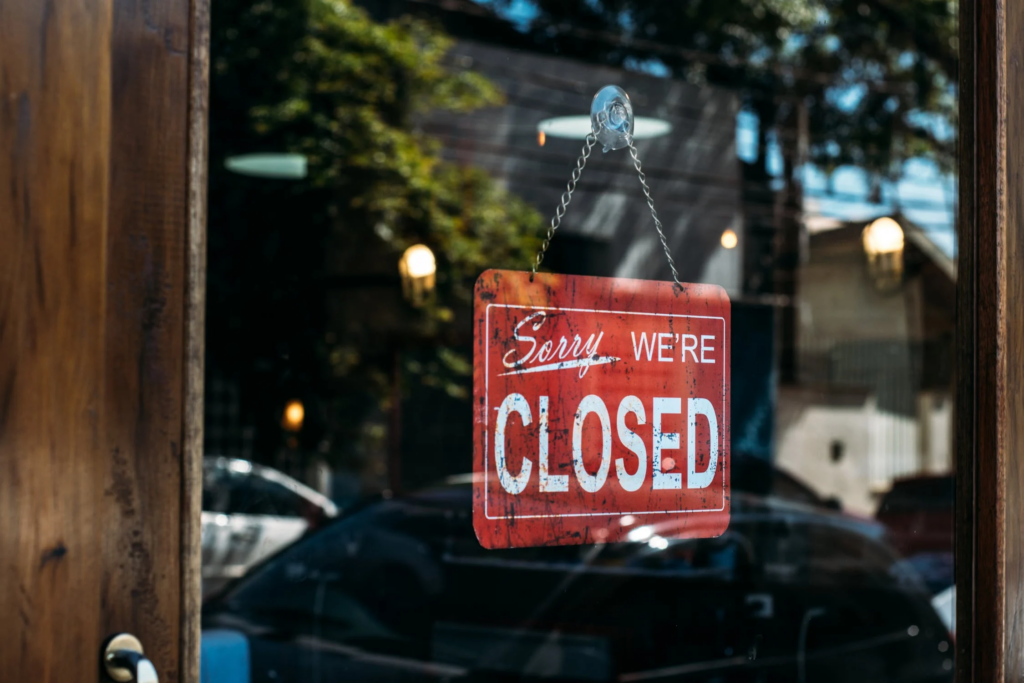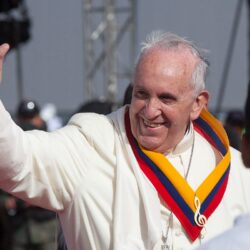When the Right Thing to Do is Also the Wrong Thing: The Pandemic as a CSR Paradox
Professor Heidi Reed discusses the COVID-19 pandemic as a CSR paradox and explores her new paper, “When the right thing to do is also the wrong thing: Moral sensemaking of responsible business behavior during the COVID-19 crisis,” published in Business & Society.
When the COVID-19 pandemic first hit, businesses were faced with difficult decisions where making the ‘right choice’ just wasn’t possible. For example, if a business chose to shut down, it might protect employees from catching COVID, but at the same time, it would leave them without a paycheck. This was particularly true in the U.S. where the government played a more limited role in regulating business behavior leaving managers and owners to make hard choices.
In this way, the pandemic is a societal paradox in which the social objectives of public health and economic prosperity are both interdependent and contradictory. How does the public judge businesses then when they make decisions favoring one social objective over another? To answer this question, I qualitatively surveyed the American public at the start of the COVID-19 crisis about what they considered to be responsible and irresponsible business behavior in response to the pandemic. Analyzing their answers led me to create the 4R Model of Moral Sensemaking of Competing Social Problems.

The 4R Model relies on two dimensions: the extent to which people prioritize one social problem over another and the extent to which they exhibit psychological discomfort (i.e. cognitive dissonance). In the first mode, Reconcile, people view the problems as compatible. There is no need to prioritize then and no resulting dissonance. These people think, “Businesses can just convert to making masks to help the cause and still make a profit.”
The second mode, Resign, similarly does not prioritize one problem over another; however, the problems are seen as competing, suggesting a high level of cognitive dissonance. These people might say, “It’s dangerous to stay open, but if the business closes, people will lose their jobs. Both decisions are bad.”
In the third mode, Ranking, people use prioritizing to reduce cognitive dissonance. These people say things like, “I understand people will be fired, but it’s more important to stop the virus.”
In the fourth and final mode, Rectify, people start by ranking but show signs of lingering dissonance as they acknowledge the harm created by prioritizing one problem over another. Unlike with the Resign mode, they try to find ways to reduce this harm. A common response in this mode would be, “Businesses should shut down, but they should also try to help employees file for unemployment.”
The 4R model has strong implications for other grand challenges where there may be competing social objectives such as in addressing climate change. To this end, the typology helps CSR decision-makers understand how they may be judged when businesses are forced to re- or de-prioritize CSR dimensions. In other words, it helps us understand how people make moral sense of business behavior when the right thing to do is paradoxically also the wrong thing.































































































